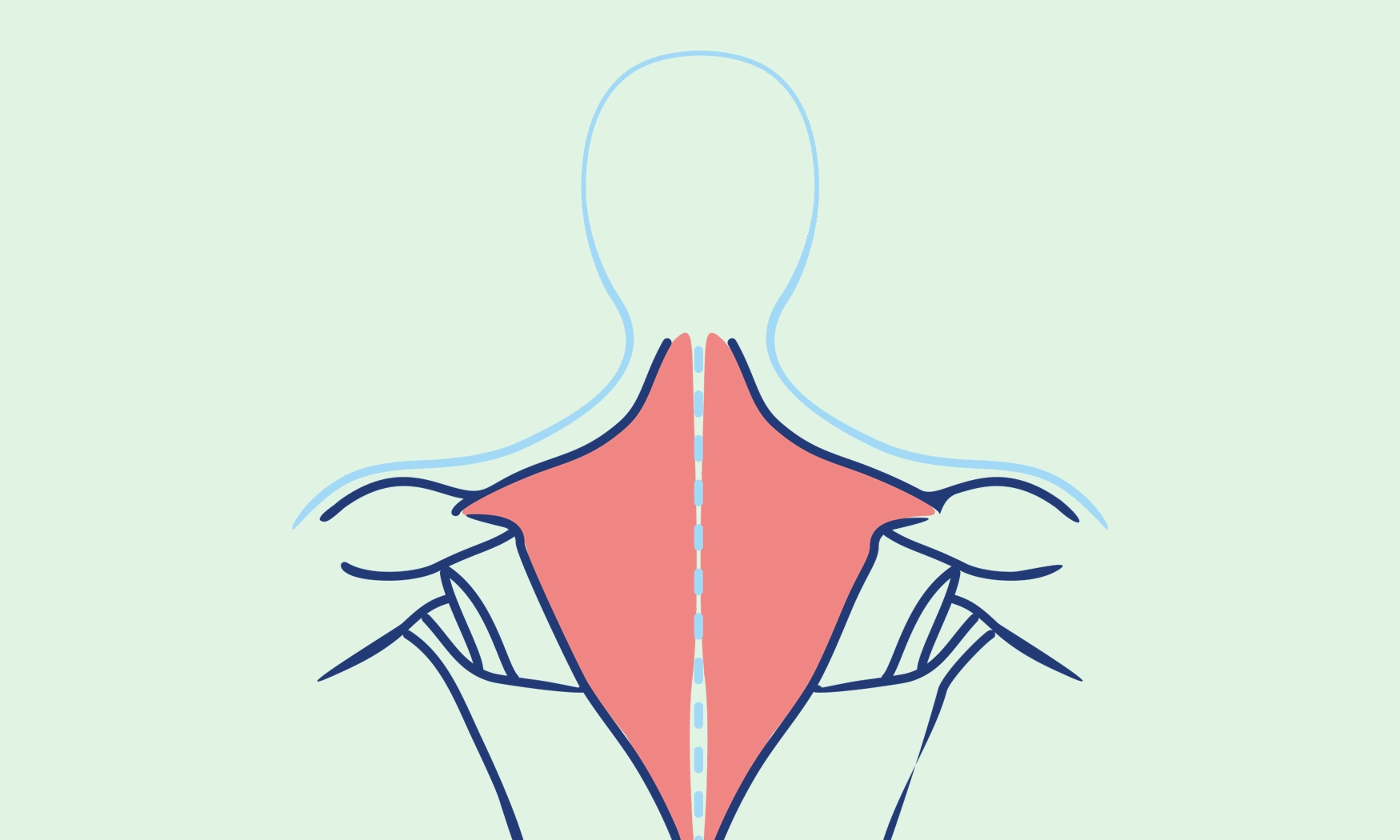To provide services at the highest level, we use cookies. Using the website requires you to choose settings related to their storage on your device. If you want to know what each type of cookie is used for, click the Details button below.
Why the trapezius muscle is so important? 5 sierpnia 2024 |

The trapezius muscle plays an extremely important role in stabilizing and moving the shoulder blades. It is responsible for lifting, lowering, and rotating the shoulder blades, allowing free movement of the arms and head. Additionally, the trapezius muscle is involved in movements such as lifting the arms upwards, tilting the head back, and drawing the shoulder blades towards the spine.
The innervation of the trapezius muscle primarily comes from the accessory nerve (cranial nerve XI), specifically its lateral branch. This nerve is responsible for the movements of the trpezius muscle. The muscle's functions are also supported by branches of the cervical plexus (C3 and C4), which provide additional nerve impulses.
Pain in the trapezius muscle often manifests as a feeling of tension or discomfort in the neck and upper back area. It may be caused by excessive strain, stress, prolonged sitting in one position, or improper posture. This pain can radiate to the head, leading to tension headaches in many individuals.
Various relaxation techniques can be used to relax the trapezius muscle. Yoga and Pilates are helpful in this regard. Reducing tension in the trapezius muscle can also be achieved through stretching and strengthening exercises. This should be supported by paying attention to work ergonomics and sleep hygiene. Massage, especially focused on the neck and shoulders, can also be considered.
Sleeping with trapezius muscle pain requires proper body support. It is recommended to use a functional mattress that provides adequate support for the spine. It's also important to use an ergonomic pillow made of high-elasticity foam, as this will keep the head and neck in a neutral position. It is advisable to avoid sleeping on your stomach and instead sleep on your side or back.